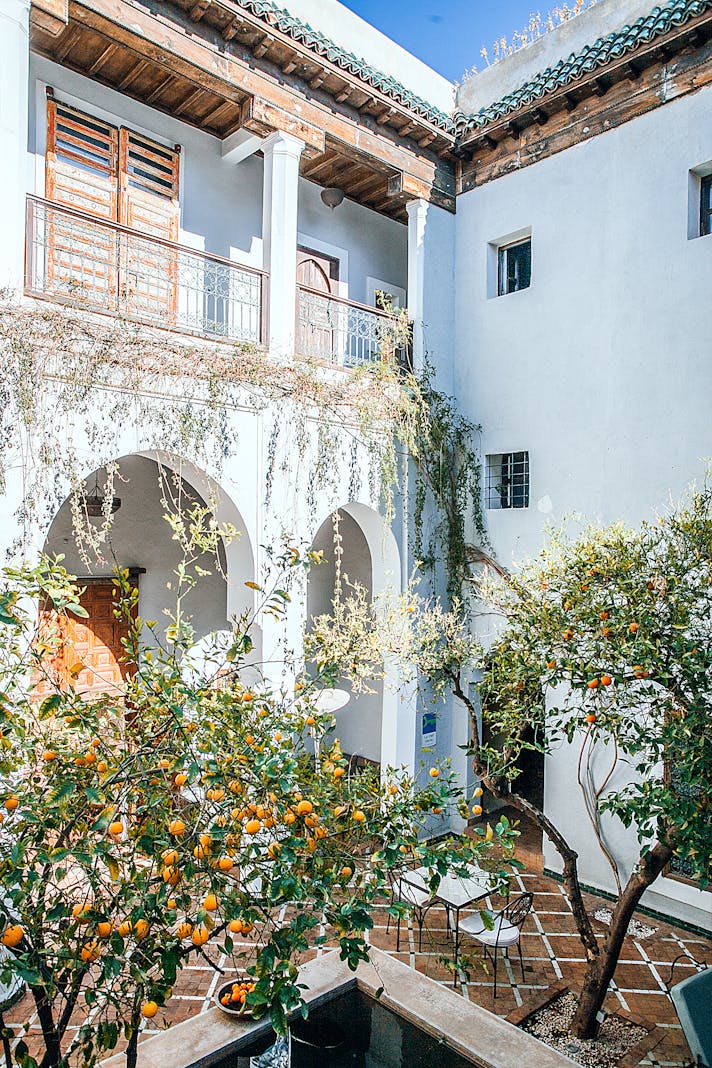Highlights of the Huntington Library

Just outside of Pasadena, in the sleepy enclave of San Marino, sits what once was the palatial residence of Henry Huntington and his wife, Arabella. The nephew of Collis Huntington (one of the “Big Four” railroad magnates of California history) and the transportation entrepreneur responsible for the Los Angeles “Red Cars”, Henry Huntington was also the founder of the Huntington Hotel, later the Ritz-Carlton Huntington, and now the Langham Huntington Hotel and Spa in Pasadena. Beyond these achievements, Huntington was an art collector; a year after his death in 1927, his property and art collection was opened to the public. Today, the Huntington Library and Botanical Gardens is one of the premier attractions in the Pasadena area.
For many people, the Library Exhibition Hall is the one must-see of any visit. First editions of important pieces of the literary canon are on exhibition, including the Ellesmere Manuscript is an illuminated tome of the Canterbury Tales, handwritten in the fifteenth century. Also on display is a copy of the Gutenberg Bible (the first printed book, circa 1450) and a 1623 edition of Shakespeare’s First Folio. Lovers of American history can gaze on a copy of the Audubon’s original Birds of America and a letter written by Abraham Lincoln.
Beyond the literary masterpieces on display, the Huntington Library also shows a permanent collection entitled “Beautiful Science: Ideas that Changed the World.” Housed in Dibner Hall, this exhibit is broken down into four areas, highlighting original manuscripts and books related to astronomy, natural history, medicine, and light. While on a small scale than the Exhibition Hall, this exhibit is a fascinating look at the relationship of science to history and the written word.
There are two main permanent exhibitions of art at the Huntington Library. The Art Gallery is located in what was once Henry and Arabella Huntington’s residence, and is considered one of the best collections of 18th century British art. For those who love the Victorian and Edwardian eras more, there is also an important display of William Morris stained glass and other works connected to the Arts and Crafts Movement of the 19th and early 20th centuries. The Virginia Steele Scott Gallery of American Art is another large collection, with a room devoted to the architecture and furniture designs of Summer and Greene, important Pasadena figures in the American Arts and Crafts movement.
There’s a great deal of art – but there are also more than twelve specific gardens covering an area of 120 acres. The Chinese Garden is definitely a visit highlight. Still being built, this is one of the largest traditional Chinese gardens outside of China; designed as a collaboration between Chinese architects and gardeners and their Southern California counterparts, it is a beautiful place to stroll. During the week, Chinese music is played in the garden; at any time, one can stop at the tea house and order a snack or lunch, to be enjoyed while viewing the lilies and ducks in the pond.
Another garden of note is Children’s Garden, which includes exhibits specifically designed to interest youngsters in what can be done with plants and a plot of land. This area is terrific fun for kids of all ages – there are paths to follow, fountains to watch, areas to play, and topiary to demonstrate the creativity of gardening. It’s difficult to leave this area, so be sure to plan enough time.
With so much to see, it is just about impossible to see the entire outside area in one visit. First-time visitors should look over the map given out at the ticket office before entering the gardens in order to plan a stroll that takes in the most interesting spots and then perhaps includes a quick walk-through the other areas. Visitors that love books, art, or gardens should consider spending a couple of days at the Huntington in order to fully enjoy all the museum has to offer.
For many people, the Library Exhibition Hall is the one must-see of any visit. First editions of important pieces of the literary canon are on exhibition, including the Ellesmere Manuscript is an illuminated tome of the Canterbury Tales, handwritten in the fifteenth century. Also on display is a copy of the Gutenberg Bible (the first printed book, circa 1450) and a 1623 edition of Shakespeare’s First Folio. Lovers of American history can gaze on a copy of the Audubon’s original Birds of America and a letter written by Abraham Lincoln.
Beyond the literary masterpieces on display, the Huntington Library also shows a permanent collection entitled “Beautiful Science: Ideas that Changed the World.” Housed in Dibner Hall, this exhibit is broken down into four areas, highlighting original manuscripts and books related to astronomy, natural history, medicine, and light. While on a small scale than the Exhibition Hall, this exhibit is a fascinating look at the relationship of science to history and the written word.
There are two main permanent exhibitions of art at the Huntington Library. The Art Gallery is located in what was once Henry and Arabella Huntington’s residence, and is considered one of the best collections of 18th century British art. For those who love the Victorian and Edwardian eras more, there is also an important display of William Morris stained glass and other works connected to the Arts and Crafts Movement of the 19th and early 20th centuries. The Virginia Steele Scott Gallery of American Art is another large collection, with a room devoted to the architecture and furniture designs of Summer and Greene, important Pasadena figures in the American Arts and Crafts movement.
There’s a great deal of art – but there are also more than twelve specific gardens covering an area of 120 acres. The Chinese Garden is definitely a visit highlight. Still being built, this is one of the largest traditional Chinese gardens outside of China; designed as a collaboration between Chinese architects and gardeners and their Southern California counterparts, it is a beautiful place to stroll. During the week, Chinese music is played in the garden; at any time, one can stop at the tea house and order a snack or lunch, to be enjoyed while viewing the lilies and ducks in the pond.
Another garden of note is Children’s Garden, which includes exhibits specifically designed to interest youngsters in what can be done with plants and a plot of land. This area is terrific fun for kids of all ages – there are paths to follow, fountains to watch, areas to play, and topiary to demonstrate the creativity of gardening. It’s difficult to leave this area, so be sure to plan enough time.
With so much to see, it is just about impossible to see the entire outside area in one visit. First-time visitors should look over the map given out at the ticket office before entering the gardens in order to plan a stroll that takes in the most interesting spots and then perhaps includes a quick walk-through the other areas. Visitors that love books, art, or gardens should consider spending a couple of days at the Huntington in order to fully enjoy all the museum has to offer.

Related Articles
Editor's Picks Articles
Top Ten Articles
Previous Features
Site Map
Content copyright © 2023 by Korie Beth Brown, Ph.D. . All rights reserved.
This content was written by Korie Beth Brown, Ph.D. . If you wish to use this content in any manner, you need written permission. Contact Korie Beth Brown, Ph.D. for details.







